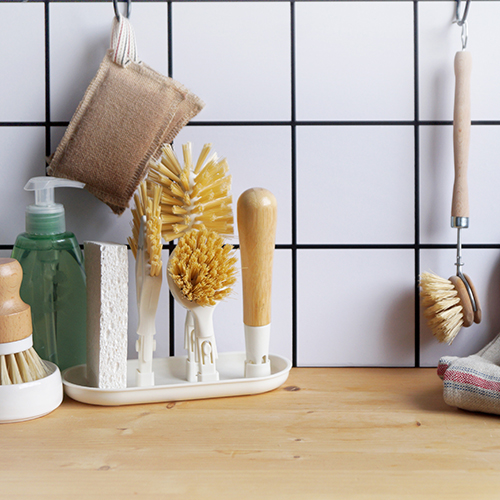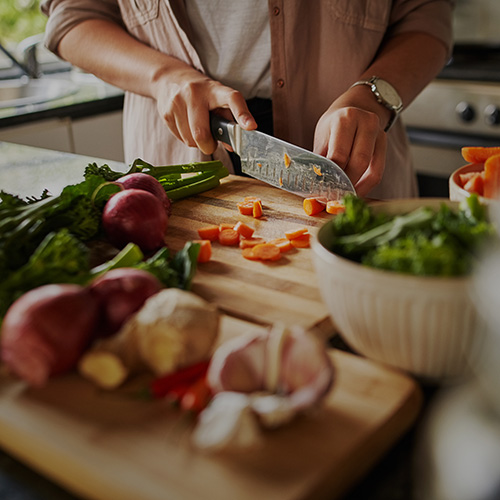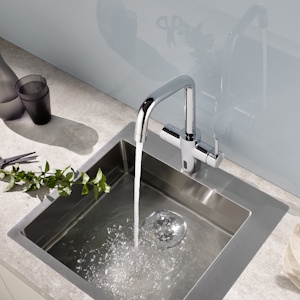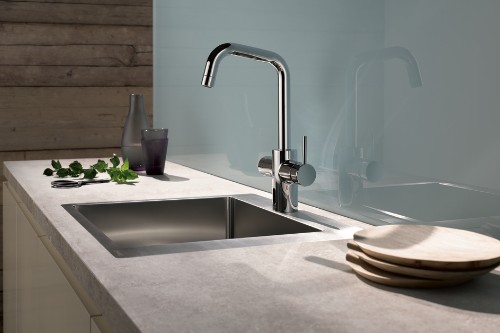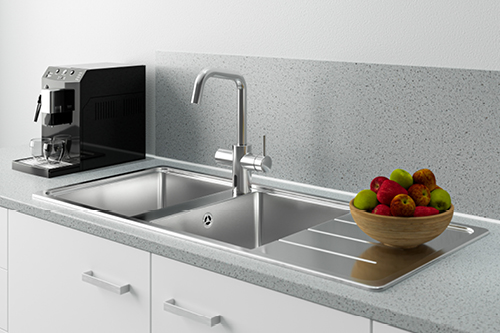Bacteria in kitchens – risks that are often overlooked
Although we use dish sponges, cloths and tea towels to keep our kitchens clean, what many people fail to realise is that their materials offer ideal conditions for bacteria to thrive. If cleaning tools are not replaced regularly or properly cleaned, there is a risk that they will become health hazards. In this article, we look at the top places where germs can lurk in our kitchens and the simple steps that we can take to avoid them.
Ever-present, yet invisible
Why bacteria are a problem in the kitchen
Hygiene is obviously a top priority in any kitchen, as these are places where we store, prepare and consume our food. Yet these same activities can also help to spread bacteria and pathogens.
Health hazards at a glance
Food offers a way for bacteria like salmonella, campylobacter and EHEC to infect humans – and the same is true for viruses like norovirus. These pathogens typically cause the following symptoms:
- Diarrhoea
- Stomach ache
- Nausea and vomiting
- Fever
These infections can also cause severe illness if the patient is a child, an older person or an individual with a weakened immune system.
An ideal breeding ground for germs
Moisture and food residues create favourable conditions for bacterial growth. Damp fabrics in particular allow bacteria to propagate rapidly in a short space of time – and without any tell-tale signs. Bacteria are then easily transferred from here to hands and dishes or directly onto food. To reduce the risk of infection, cleaning tools should themselves be cleaned regularly or replaced as necessary.
How often should they be replaced?
The German Federal Institute for Risk Assessment (BfA) has the following advice:
Cross-contamination from food
The preparation of food harbours a risk of ‘cross-contamination’, i.e. the transfer of harmful bacteria from one type of food to another. Especially when handling raw meat or eggs, there is a significant risk that pathogens like Salmonella may be present in the food.
Cleaning and proper use
- Clean cutting boards with washing-up liquid and hot water after each use
- Store and prepare raw and cooked food separately
- Use separate boards – one for meat and one for vegetables, for example
- Replace boards regularly and especially if deep cut marks are visible
- Wipe down worktops thoroughly after each use
Drinking water hygiene in the kitchen
Water as a perishable foodstuff
Water plays a key role in our kitchens, as it is used both for washing and for cooking food. Yet we often forget that drinking water, like any other foodstuff, also has a shelf life. This makes it all the more important to check the quality of the water and to handle it correctly.
Practical day-to-day tips
- Wash your hands! _xD83E__xDC6A_ Before cooking, between the various steps in food preparation and after handling raw meat/fish
- Launder cloths and tea towels regularly at ≥60 °C _xD83E__xDC6A_ Avoid using sponges wherever possible
- Handle each foodstuff correctly _xD83E__xDC6A_ Avoid cross-contamination, maintain cold chain and note shelf life
- Hygiene is the golden rule _xD83E__xDC6A_ Clean and disinfect worktops, kitchen appliances and cooking utensils
- Keep an eye on water quality _xD83E__xDC6A_ Do not let water stand for longer than 4 hours before consumption and ensure regular flushing of all tapping points
Contactless hygiene
Go here to find out more about protecting water quality with a contactless kitchen tap.

![[Translate to English:] [Translate to English:]](/fileadmin/_processed_/1/b/csm_symstemloesungen_e2_thumb_6bca267f26.jpg)

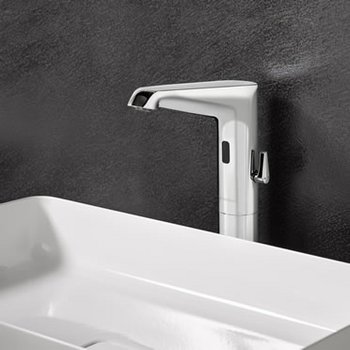
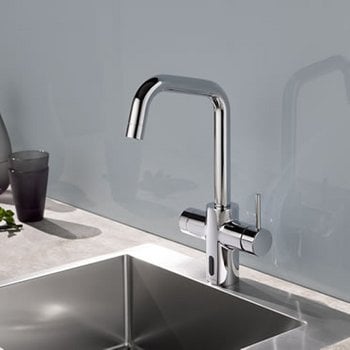
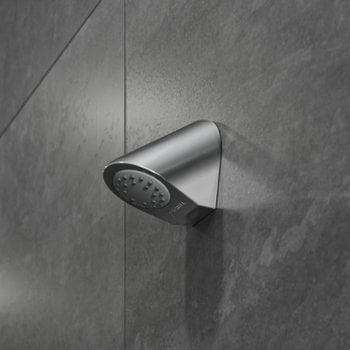
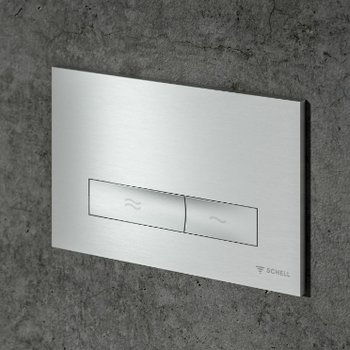
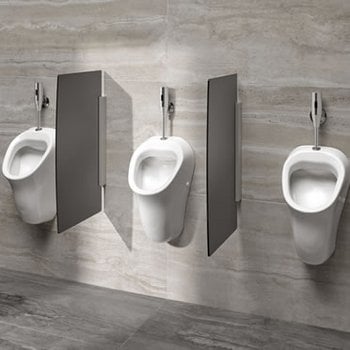
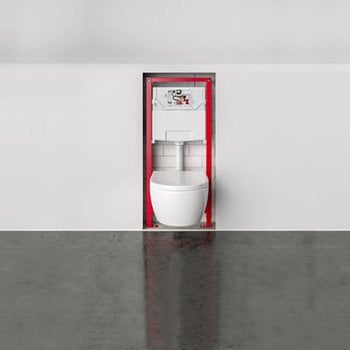
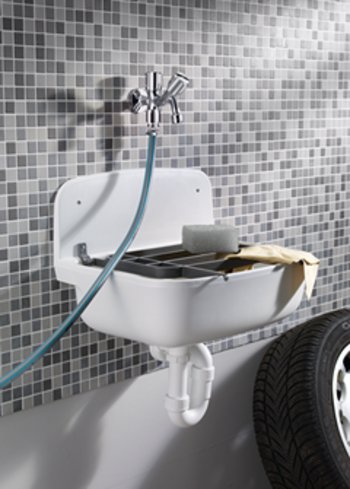
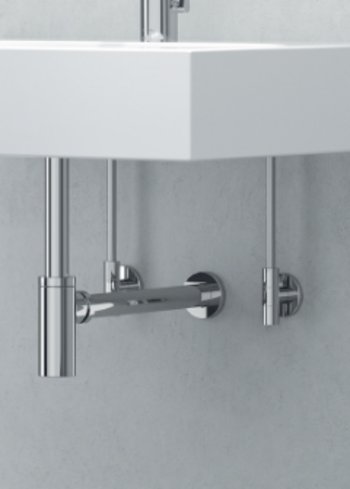
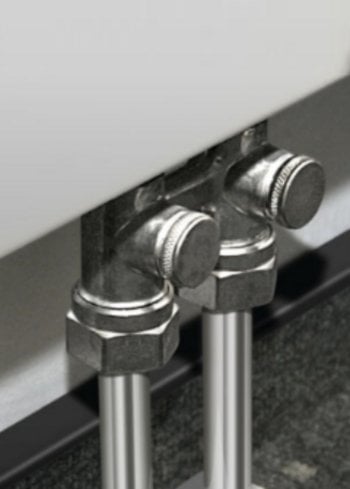
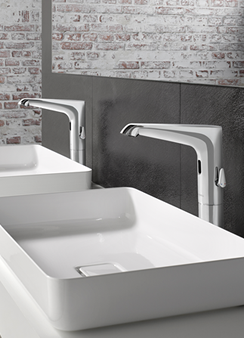
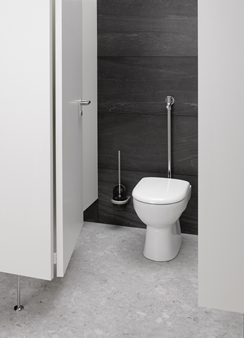
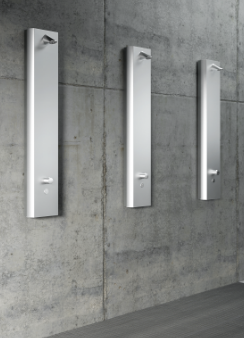


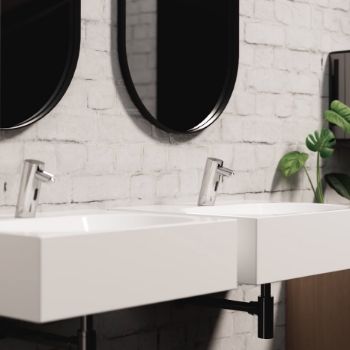

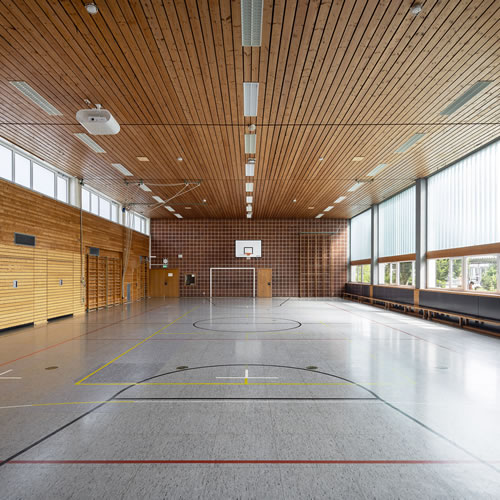
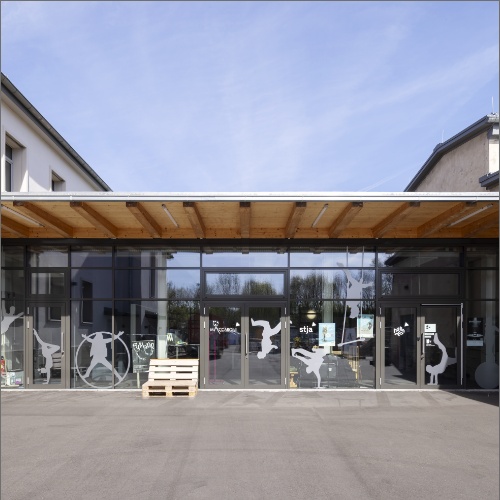

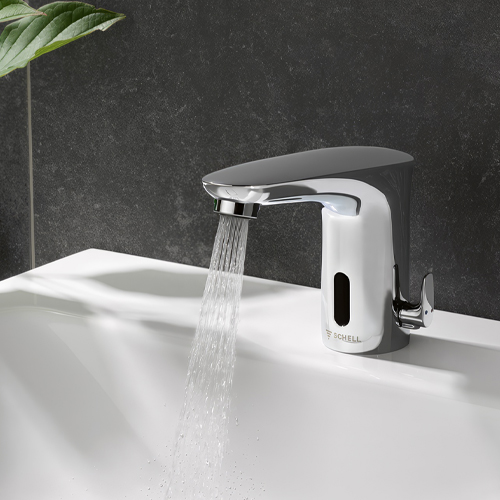
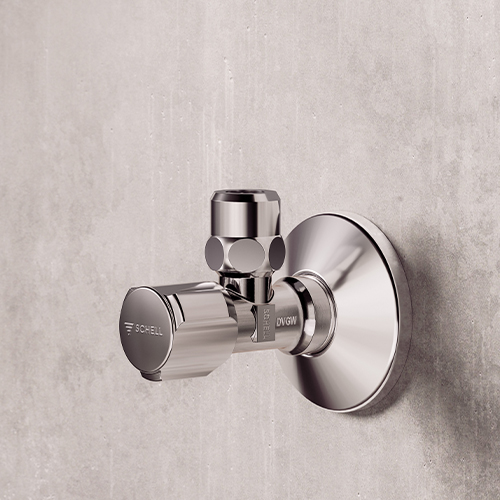
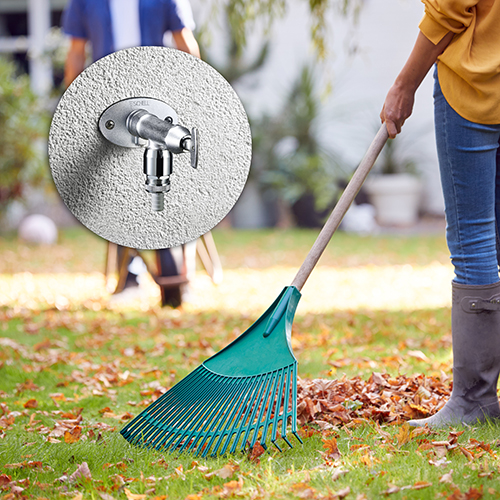
![[Translate to English:] [Translate to English:]](/fileadmin/user_upload/images/menu/menu_service_downloads_broschueren.jpg)




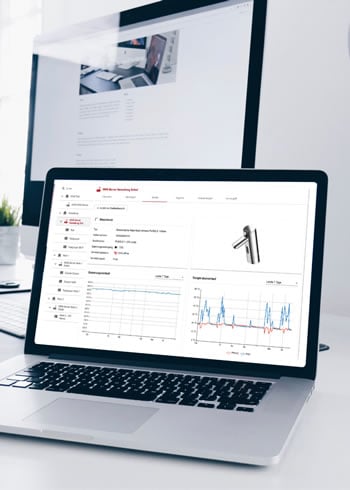


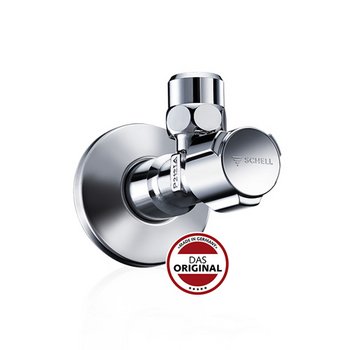
![[Translate to English:] [Translate to English:]](/fileadmin/_processed_/7/7/csm_menu_unternehmen_ueber-schell_awards_f6cec25b1d.jpg)
![[Translate to English:] [Translate to English:]](/fileadmin/_processed_/a/0/csm_menu_unternehmen_ueber-schell_wasser-sparen_41036d2dd9.jpg)





